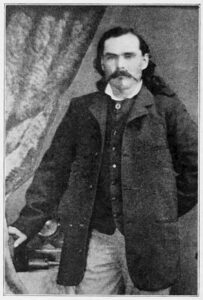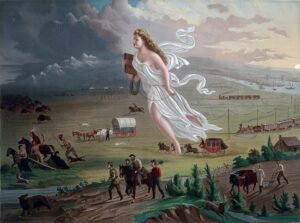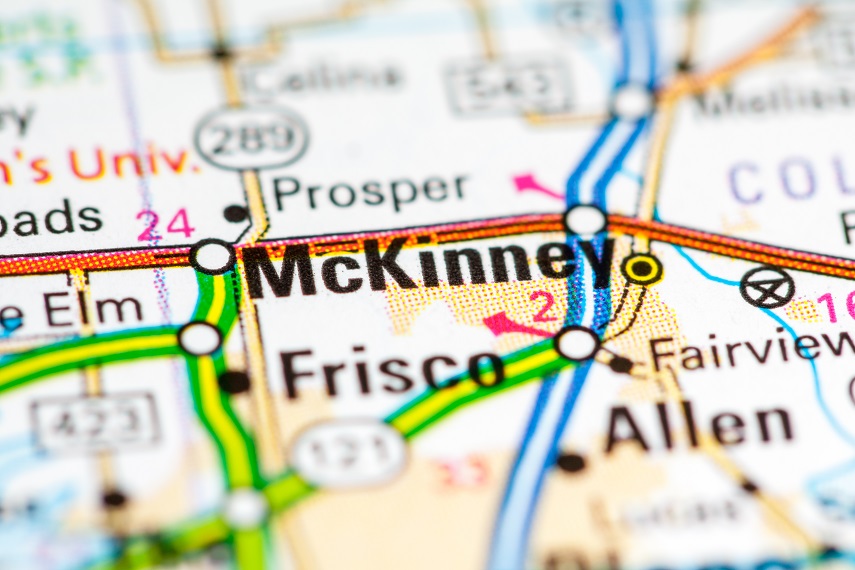
INTRODUCTION
In the early 1800s, the land that would become McKinney was little more than rolling prairies populated by the native tribes of the Caddo and Comanche. It wasn’t until the Peters Colony land grant of 1841, which encouraged American settlement in Northeast Texas, that the area began to transform.
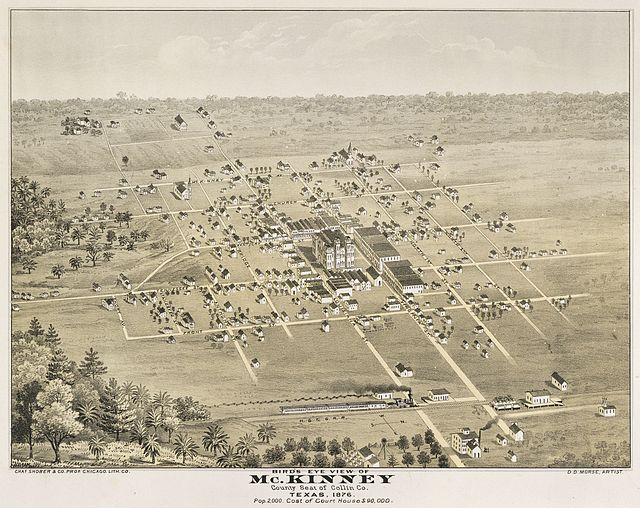
McKinney was founded in 1849, two years after the establishment of Collin County. The town was named after Collin McKinney, a drafter of the Texas Declaration of Independence and a notable figure in early Texan history. McKinney was centrally located within the county, making it a natural choice for the county seat.
The 1850s saw a boom in development as settlers moved into the area, attracted by the rich soil perfect for cotton farming and the ample opportunities along this new frontier. The town was officially incorporated in 1859 and experienced steady growth, despite the disruptive influence of the Civil War
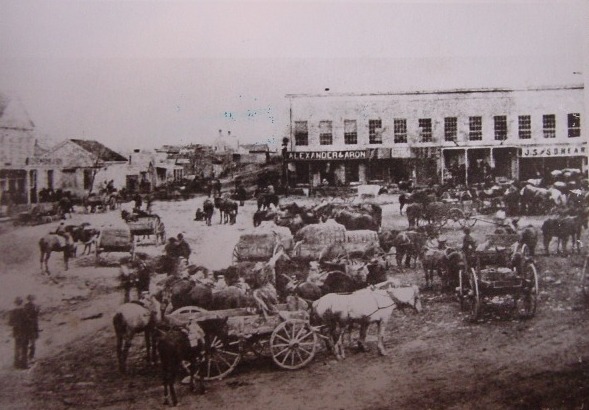
THE CIVIL WAR ERA
During the American Civil War, from 1861 to 1865, McKinney was greatly affected by the conflict, like the rest of Texas. During this tumultuous time, McKinney, the county seat of Collin County, became a center for local government and commerce. The economy of McKinney and the surrounding area was heavily reliant on agriculture, particularly cotton farming, which was labor-intensive and largely dependent on enslaved labor. While Texas was somewhat geographically isolated from the primary theaters of war, it nonetheless experienced the struggles of the conflict. The state became a supply state for the Confederacy, contributing food, cotton, and livestock. In McKinney, residents experienced the hardship of war, including scarcity of goods, disruption of trade, and the absence of many of its menfolk. McKinney was also the location of a Confederate quartermaster depot, which was responsible for procuring, storing, and distributing supplies to the Confederate forces.
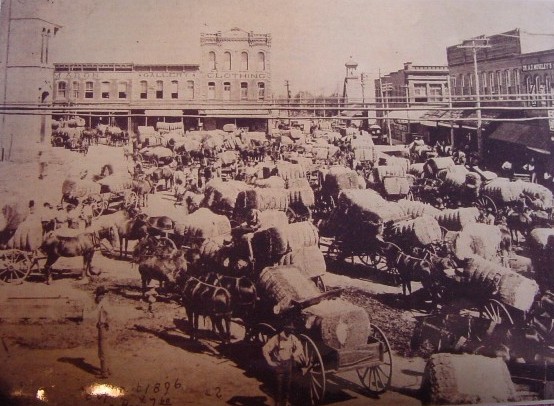
Following the Civil War and throughout the Reconstruction era, McKinney, akin to the rest of the South, had to adapt to societal changes and a crippled economy. By the late 19th and 20th centuries, the economy had improved, and McKinney thrived as an agricultural hub, with cotton remaining a crucial component of the local economy.
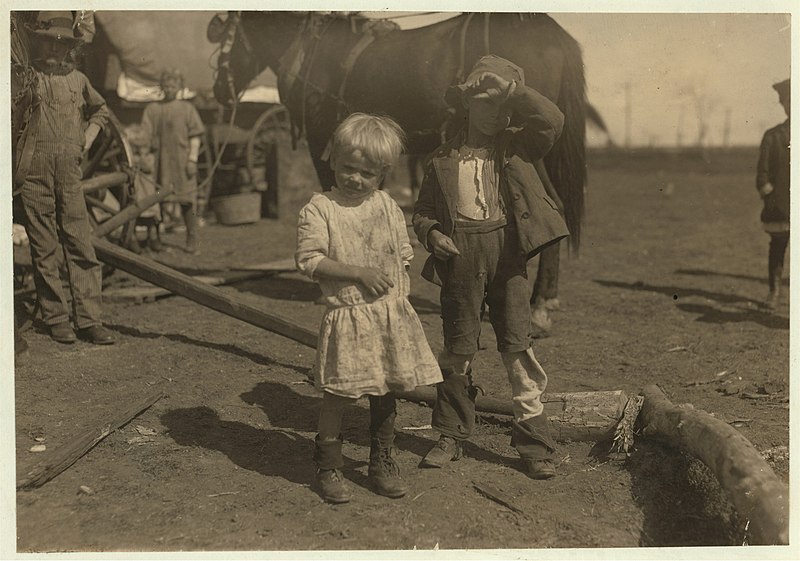
Many of the buildings constructed during this era of prosperity still stand today in the city’s historic downtown. They represent architectural styles from different periods, giving McKinney a unique character and a tangible sense of history. The Collin County Courthouse built in 1875 and now beautifully restored, stands as a proud symbol of McKinney’s past.
THE RAILROAD
Before the arrival of the railroad, McKinney was a rural frontier town. Transportation of goods and people was primarily conducted by wagon overland routes, which was time-consuming, expensive, and limited in capacity. The journey to the closest major city, Dallas, was arduous and could take the better part of a day. With the arrival of the Houston and Texas Central Railway in 1872, the cutting-edge technology of railroads opened up new economic opportunities by dramatically reducing the cost and time required for transporting goods and people.
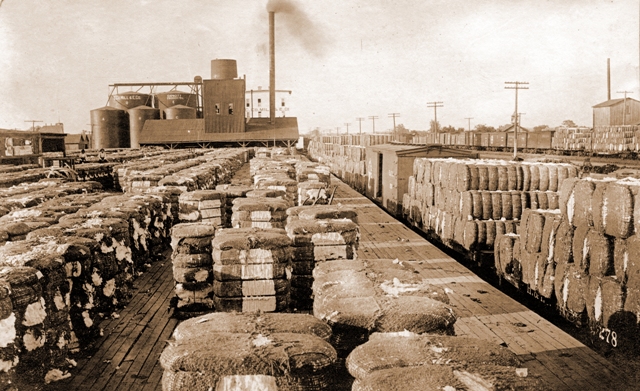

With its strategic location, McKinney quickly became a hub for commerce and trade in North Texas. But it wasn’t just about economics. The railroad also impacted the social and cultural life of McKinney. It brought news, people, and ideas from far and wide, reducing the isolation of rural life and connecting McKinney to the broader world. From new trends in fashion and culture to fresh perspectives on politics and society, the railroad was a conduit for change.
MODERN MCKINNEY
McKinney, Texas, is known for its rich history, welcoming community, and commitment to preserving its small-town charm while simultaneously encouraging growth and innovation, a contradiction that is hard to combine.
McKinney is home to several technology and telecommunications companies as well as Aerospace and Defense companies, such as Raytheon Intelligence and Space. The city boasts a vibrant retail sector, especially within its historic downtown area, filled with shops, restaurants, and art galleries. The service industry, including finance, insurance, and real estate, is also a significant part of the city’s economy. McKinney is also home to various manufacturing companies that produce goods ranging from medical devices to consumer products.
McKinney consistently ranks high in surveys of America’s best places to live. The city’s commitment to providing its residents with a high quality of life is evident in its top-rated schools, robust public services, extensive parks and open spaces, and thriving local economy.
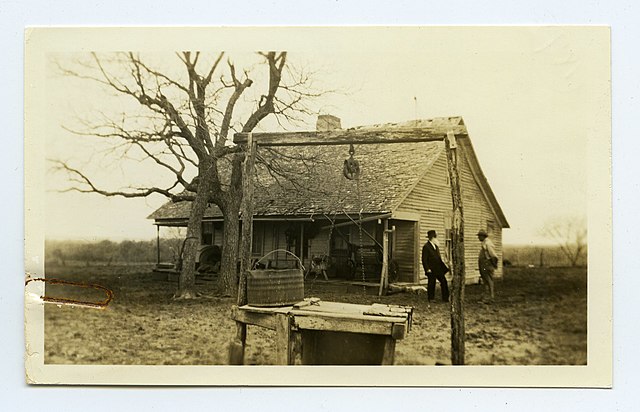
CONCLUSION
Arriving in 1860s McKinney, one would be immersed in rural charm. Breezes gently brushed wildflowers bordering vast cotton fields that surrounded the small town. At its heart, a county courthouse stood amidst wooden buildings on the central square while horse-drawn buggies roamed the streets. Life then, wholly unmechanized, was dictated by an entirely agricultural rhythm.
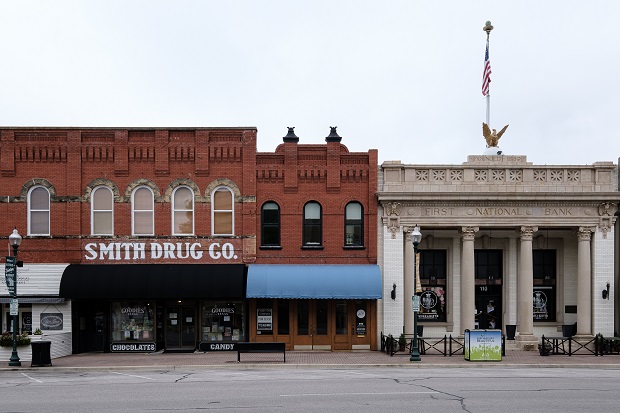
Today, thousands of visitors a day pass by McKinney along Interstate 75. Were it not for the signs indicating the presence of this town, it would be just another anonymous blip, swallowed up by the sprawling metroplex of Dallas and Fort Worth. McKinney has advanced far beyond its humble past. The memories of gentle breezes stirring wildflowers along farmer’s fields and gentle creeks passing alongside dirt roads have been replaced by the pulsing rhythm of modernity. Today’s McKinney moves at the speed of technology and has grown into a modern, thriving metropolis, whether good or bad.
